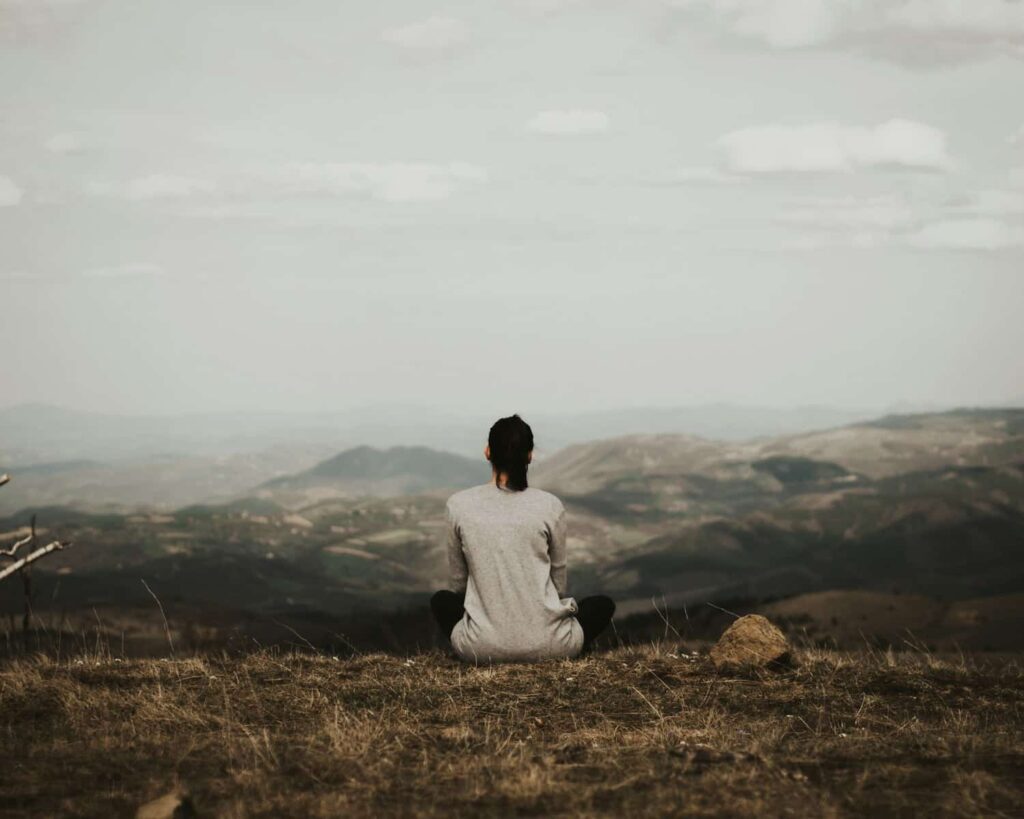How to Plan a Personal Retreat Day
Sometimes we need a full day with "Do Not Disturb" status

“I’m not sure how to spend a day doing nothing.”
Those were the words a good friend shared when we were catching up a few months ago. His job gave him a day to take a personal retreat and he was eager to do it. But, he also realized he didn’t quite know how to best plan for that day, or how to spend it.
As I talk with people about planning a personal retreat, it is usually an appealing idea. But it’s also daunting as they aren’t sure how to do it. Here are a few simple steps to consider as you plan a retreat day of your own.
- Share your intent with those you are responsible to. Tell your family and your co-workers about your desire to take a short personal retreat. If necessary, explain that it will be helpful for you, and all your relationships. Ask them to support you by sharing your responsibilities while you are way.
- Block out a day in advance. Finding a day or two to be away from work and family can be challenging for many of us. Look as far down the road as you can to get something blocked out on the calendar. Let your family and co-workers know so they can help keep that day set aside for you.
- Choose a location. Consider a location that is accessible enough to minimize travel time, while also providing some sense of disengagement from your daily life. Ideally, hiking trails or a recreation area might work well if the seasons allow you to be outdoors, but sometimes even a well-placed coffee shop on the other side of town can offer some sense of retreat. If you are able to do a multiple day retreat, an AirBNB or nearby retreat center can serve you well.
- Plan ahead for provisions. A few days before your retreat, outline your plan for food and water and prepare it in advance if possible. Match up your menu for the day with your expected activities. Even if you intend an urban escape on the other side of town, plan out restaurant stops in advance so you can focus on what matters during your time away.
- Bring materials for reflection. Bring a favorite pen or two, and a journal with plenty of blank pages. If you are like me, you may be inclined to bring a stack of books because a day like this seems like an ideal time to read. Reading has its place, but in this case, it is likely to suppress reflection.
- Consider making space for both passive and active reflection. It is good to include both stillness and activity on a personal retreat. Each can offer different levels of clarity and perspective. If it is appealing to spend all day filling the pages of a journal, then plan more time than you would prefer for activity. If your ideal day involves non-stop movement and exploration, then block out more time than you would like to face a blank page and your thoughts.
These steps above were adapted from a free Personal Retreat Guide that I offer though my spiritual direction practice. It also includes a days’ worth of prompts and reflections for spiritual growth.
If you are planning a personal retreat, but not sure how to best spend the time, I hope the retreat guide can be helpful resource for you.
Photo by Milan Popovic
Wisdom Sessions
Wisdom is cultivated through intentional engagement. Explore these short-term, individual sessions to navigate a new season of personal and vocational growth.
Spiritual Direction
As a spiritual director, I help people learn how to pay attention to God's sacred presence and respond to what is happening within and around them.